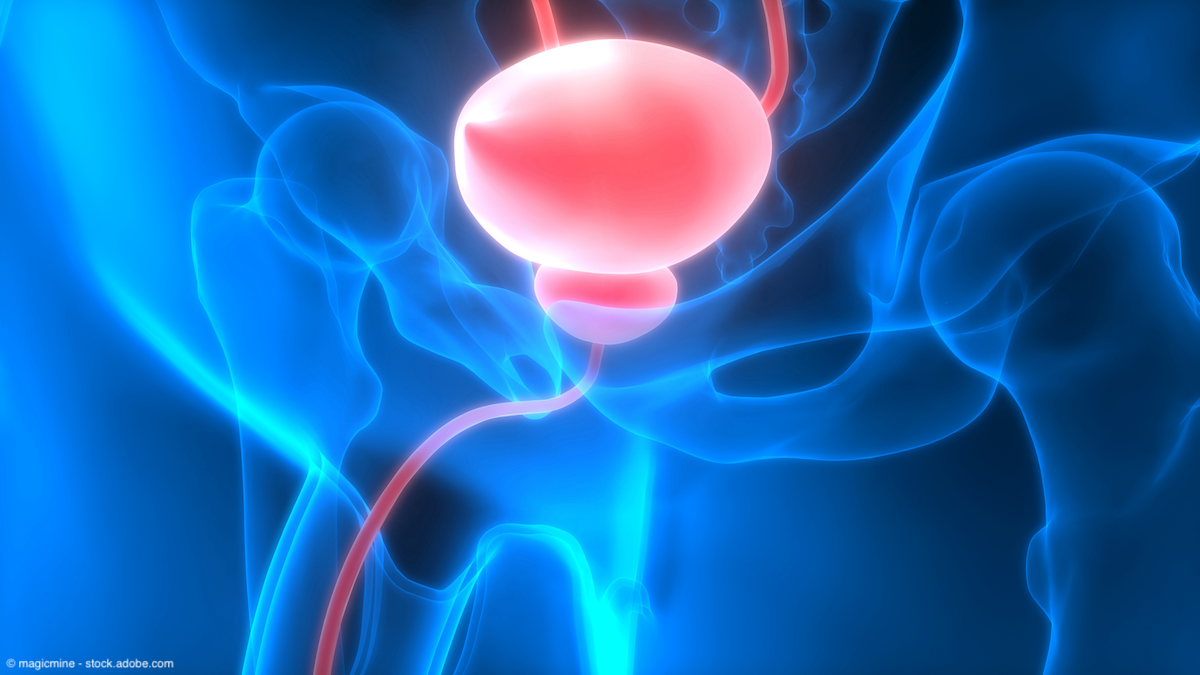Article
Press Release
New gel is “game changer” for fighting urothelial cancers
Author(s):
“The medication is given once a week for 6 weeks. It is an outpatient procedure with general anesthesia. And it is typically covered by insurance,” said Joseph Brito, MD.
It’s delivered on ice in a bright purple form, but it’s not a drink. “It” is an old drug used in a new way that some Yale Urology surgeons are calling a “game changer.”
“You can put medicine in the kidneys, but it drains right out. The gel form keeps this medicine suspended much longer. It actually solidifies more in the heat of the body,” said Joseph Brito, MD.

And the first patient in Connecticut to receive the recent FDA-approved medicine—through Smilow Cancer Hospital and Yale Cancer Center—says he is grateful for another option.
David Pierson has battled cancer for more than 20 years. It started in his right kidney, which was eventually removed. It then moved to his bladder and remaining kidney. But Pierson has stayed positive.
“Having cancer has actually extended my life,” says the 65-year-old. After the initial scare, he quit smoking, started exercising, lost weight, and focused on eating right. He feels great, but the tumors keep coming. Surgeons have been able to cut them out, but the multiple procedures have caused significant scar tissue, making it hard to see and address potential new tumor growth. Pierson was told he could eventually lose his remaining kidney and have to go on dialysis. Until now.
“As with many things in medicine, it takes the perfect patient to necessitate use,” says Joseph Brito, MD, assistant professor of urology at Yale School of Medicine, who suggested administering the newly designed cancer drug, JelMyto, to Pierson. “The name comes from mitomycin, a chemotherapy drug that has been used for various cancers since the 1950s,” explains Brito. That part of the drug is not new. What is new is where it is being applied [in the upper urinary tract] and the form it has taken – a gel substance.
“You can put medicine in the kidneys, but it drains right out. The gel form keeps this medicine suspended much longer. It actually solidifies more in the heat of the body,” continues Brito.
That was critical in Pierson’s case. He had seen some results with previous meds, but they were not staying in his kidney long enough to completely eradicate the cancer.
“This is an exciting option for those who don’t have lots of choices besides major surgery and who want to preserve their kidney[s]” says Brito.
The medication is given once a week for six weeks. It is an outpatient procedure with general anesthesia. And it is typically covered by insurance, says Brito.
He also notes that 60% of those involved in the main clinical study that led to its FDA approval had a “complete response” to the treatment. “That is significant in cancer trials,” says Brito. “It’s really a remarkable number.”
And Pierson, for one, has celebrated the treatment.
“I have felt great throughout the entire procedure,” says Pierson. “I’ve had no side effects from the medicine.”
He will go in for a follow up in another month to see if any cancer has returned. Regardless of the outcome, he says he would do it all again.
“My ultimate wish is that this medicine helps others.”

















